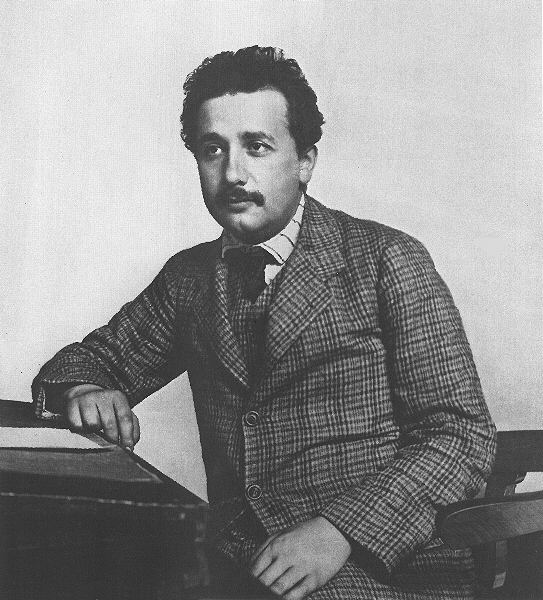Radioactive decay rates are generally thought to be invariant constants of nature. Some minor temperature dependent effects have been observed, but even those remain elusive. Now however, researchers at Purdue and elsewhere argue that they have detected solar influences on radioactive decay rates. They claim the decay rates of certain isotopes of radon (226Ra) and silicon (32Si) vary according to the distance of the Earth from the Sun. They hypothesize that the flux of solar neutrinos from the Sun may influence certain radioisotope decay rates. Further, during a solar flare in 2006, the researchers claim to have observed a variation in decay rates. In fact, they also claim to have spotted variations in decay rate on about a 33 day long cycle – just slower than the 22 day rate at which the Sun rotates. Other researchers are skeptical.
One of the leading proponents of the idea is Purdue physics professor, Ephraim Fischbach. I did not have the pleasure of taking a class from Professor Fischbach during my undergraduate tenure at the Purdue Physics Department [BS (Honors Physics) 1990], but I did attend a couple of his lectures and found them fascinating. I was at Purdue when Prof. Fischbach was a leading proponent of a supposed “fifth force” that acts counter to conventional gravity. My suspicion is that this solar link to radioactive decay will again turn out to be “experimental noise,” difficult to reliably replicate and probably a statistical anomaly or other subtle perturbation or variation in the measurement equipment. But I applaud Prof. Fischbach for being willing to stick his neck out in pursuit of novel physical phenomena. Taking chances and drawing attention to curious results such as these is what enables physics to advance.

